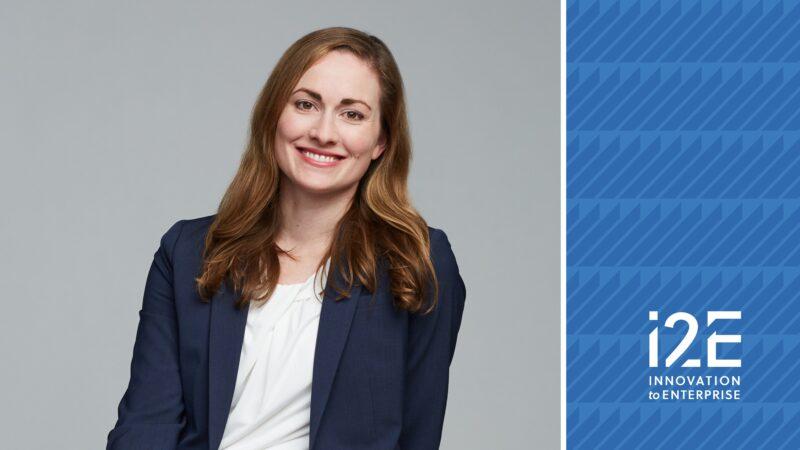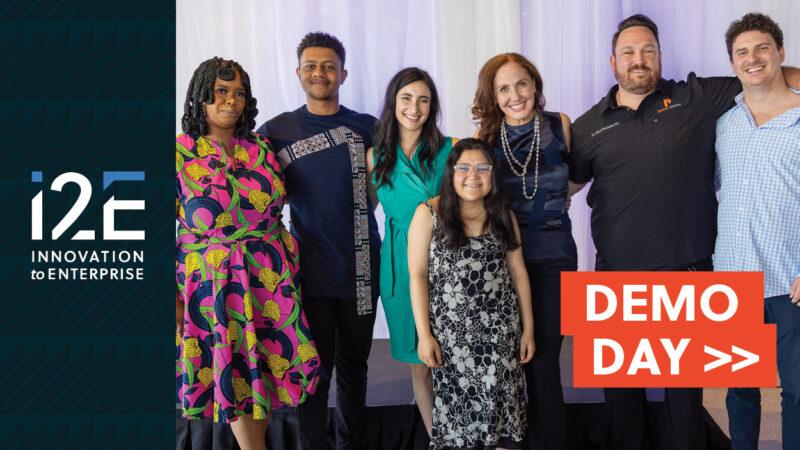By Steve Lackmeyer
Copyright © 2017, The Oklahoma Publishing Co.
A new study concludes Oklahoma City’s cluster of research, medical and educational institutions and companies east of downtown provides a significant opportunity for economic growth, but significant changes must begin to avoid loss of momentum.
The 18-month study by the Brookings Institute and the Project for Public Spaces is based on a series of task force meetings and interviews with dozens of civic, corporate and research leaders focused on how to transform an area that extends from Lottie to Robinson Avenues and from N 4 to N 13 streets.

The study, being released Tuesday, makes four recommendations for turning the area into an economic powerhouse:
- Establish an Oklahoma Center for Energy and Health Collaboration that serves as the umbrella for innovation and applied research. The center should house a translational research and commercialization office for crosscutting industry research applications.
- Implement a technology-based economic development and entrepreneurship effort within the innovation district tasked with overseeing strategic business development, technology business attraction, marketing, and regional cluster development between entrepreneurs, small and medium-sized enterprises, and large firms.
- Create a denser, more active, and better-connected mixed-use urban environment in and around the innovation district. Leaders should undertake intentional land use and real estate developments, implement new place-making efforts, strengthen connections between the Oklahoma Health Center and Automobile Alley, improve bike and pedestrian routes within the Health Center, and make the innovation district more porous and connected to residential neighborhoods.
- Form a standing committee on diversity and inclusion charged with overseeing the design of strategies aimed at forging better economic, social, and physical connections between the innovation district and the underserved communities surrounding it. The committee should focus on issues including education, workforce development, entrepreneurship, and place-making and neighborhood development.
Strengths and weaknesses
The 68-page study details strengths and weaknesses in the area and does not shy from concluding that the majority of the area east of Interstate 235 is lacking diversity, vibrancy and the excitement needed to make it competitive in a rapidly changing market for technology and research.
On the plus side, the majority of the area historically known as the Oklahoma Health Center is home to a variety of anchors that include the OU Medical Center, the University Research Park, the Oklahoma Medical Research Foundation, the Oklahoma City Veterans Affairs Medical Center, the Dean A. McGee Eye Institute, the Oklahoma Blood Institute and the Oklahoma School for Science and Mathematics.
Employment in the area grew 27 percent to more than 18,000 people, and several of the hospitals and research institutions have undergone multimillion-dollar makeovers and expansions. The study also notes the area has an advantage of adjoining Bricktown, Deep Deuce, Automobile Alley and the Central Business District.
The most recent addition, the GE Global Oil & Gas Technology Center, was key in attracting the Brookings Institute and the Project for Public Spaces to choose Oklahoma City as one of two areas for creating a model on how to craft together an innovation district.
Bruce Katz, vice president of the Metropolitan Policy Program at Brookings, calls Oklahoma City’s mix of energy and health care a unique opportunity not found elsewhere.
“There is a real base to grow on and a unique proposition because GE had come to town,” Katz said. “What we like to focus on at Brookings are those places that have the ability to invent and deploy next-generation technologies or be at the convergence of sectors of technologies. Here you have energy and health care — there are not a lot of other cities in the country or around the world where you can see those two sectors converging.”
Lacking diversity
The area’s liabilities listed in the report are not unlike those found in other research and technology clusters that got their start in the mid-20th century.
The study notes the district has experienced significant economic growth over the past decade, yet it is disconnected from surrounding neighborhoods. The area is insular in nature with car-oriented development that discourages walkability and any visible vibrancy.
The study also notes stakeholders in the district invested in events, vast landscaped lawns and other improvements, but the area lacks the diversity and mix of uses that are critical to attracting innovative firms and talent.
The study attempts to include Automobile Alley, with its mix of restaurants, shops, creative firms and housing, as an asset within the proposed district.
Meg Walker, senior vice president of the Project for Public Spaces, acknowledged the inclusion is not designed to suggest Automobile Alley’s inclusion in the district does not diminish the need to create a similar mix in the core of the innovation district east of Interstate 235.
She and Katz, however, do see Automobile Alley (Broadway between NW 4 and NW 13) as an asset that can be grown east to join up with the research area that is divided from Broadway by I-235, the BNSF Railway viaduct and Lincoln Boulevard.
Collaboration is key, they say, and must happen quickly.
In an interview Monday, the pair applauded GE and other key institutions for hosting a conference on imaging recently that brought in other regional players including Tinker Air Force Base, Boeing, Devon Energy and Chesapeake Energy.
They are urging other established institutions to consider establishing a presence in the area, including Oklahoma State University’s robotics program and the Federal Aviation Administration.
Creating connections
Jennifer Vey, a Brookings fellow who co-authored the report, suggests a local CareerTech work with the area’s employers in creating a “job pipeline” for residents in the surrounding neighborhoods that are economically challenged.
“Fifty-five percent of the jobs do not require a four-year degree,” Vey said. “That opens up an opportunity to change the status quo and build a better relationship for job skill development with the existing institutions that target the surrounding community. Right now that connection doesn’t exist.”
Walker said interviews with residents from the surrounding neighborhoods indicate they are eager to connect with the innovation district not just for jobs but for community building, education and festivities.
Walker said programming is also a key to creating vibrancy in the area. She suggested the area’s stakeholders look at contracting with Downtown Oklahoma City Inc.
“Clearly, they know what they’re doing,” Walker said. “They’re talking to each other. They are creating partnerships. In terms of programming, in terms of creating walkable streets, in terms of recruiting the right businesses, even two years ago, when I was first here, it was clear they knew what they were doing.”
The report suggests long-term goals of creating a community innovation center similar to Kendall Square at MIT in Cambridge, Massachusetts, where young entrepreneurs and researchers benefit from serendipitous encounters in coffee shops and in the lobby of the district’s Hyatt Hotel.
Such investments and changes, Katz said, are in the best interests of the area’s stakeholders and can help them realize a better return on investment at a time when state and federal research funding is at risk.
For now, the most immediate step, Katz concludes, is the need to hire one person devoted to implementing the report’s recommendations and guiding what he admits is a significant change for the district.
“It’s not about creating a whole new entity,” Katz said. “You want to start with the assets that already exist. But you need one person who wakes up in the morning and says ‘My job is to basically grow and nurture the innovation ecosystem.’ And they need to work with a lot of other organizations to make sure things get done.”








